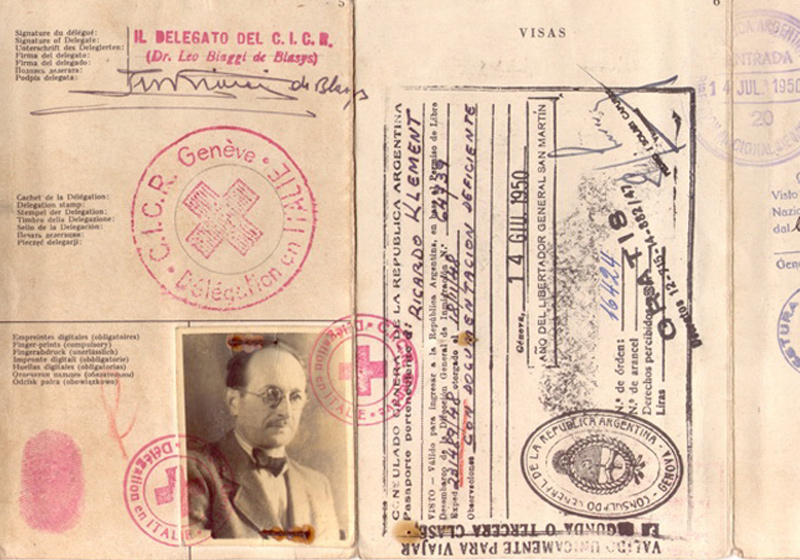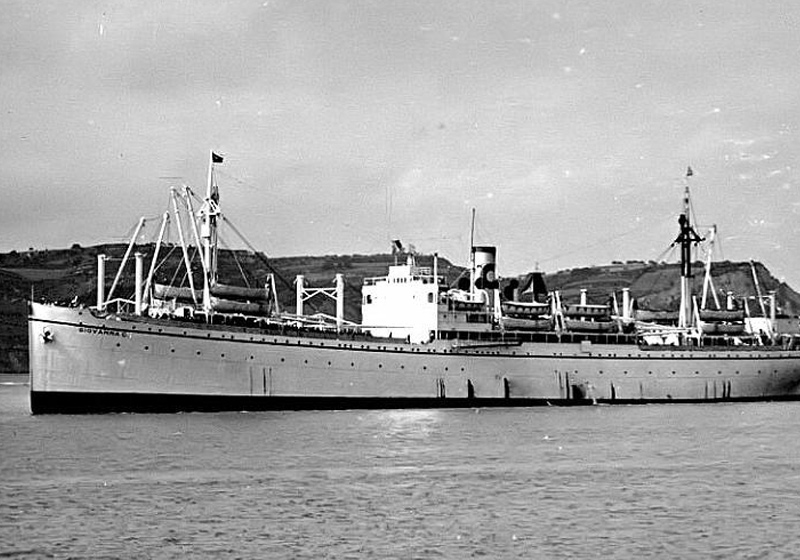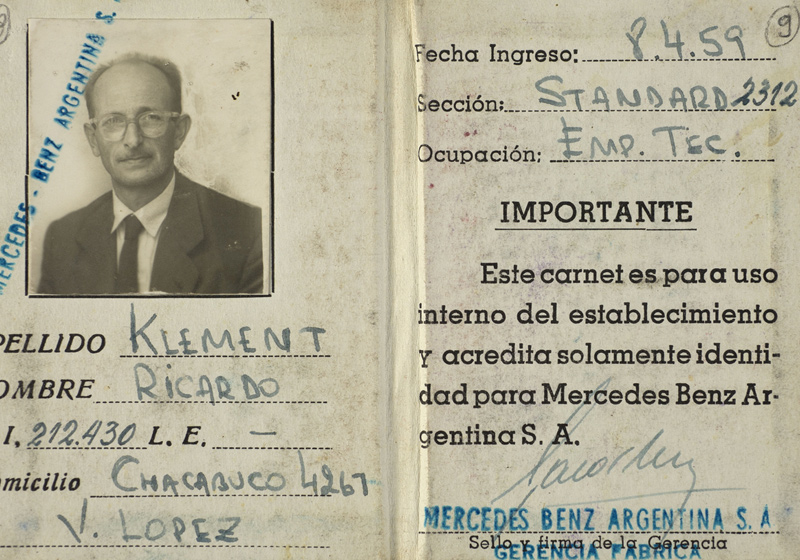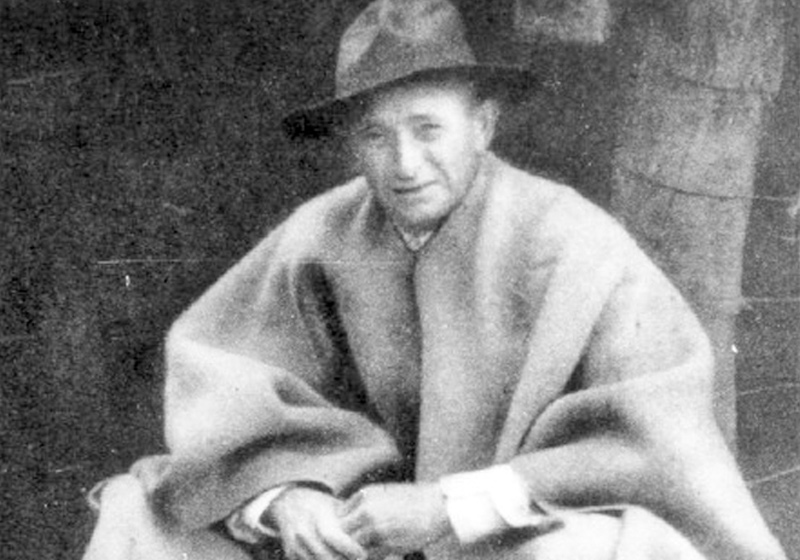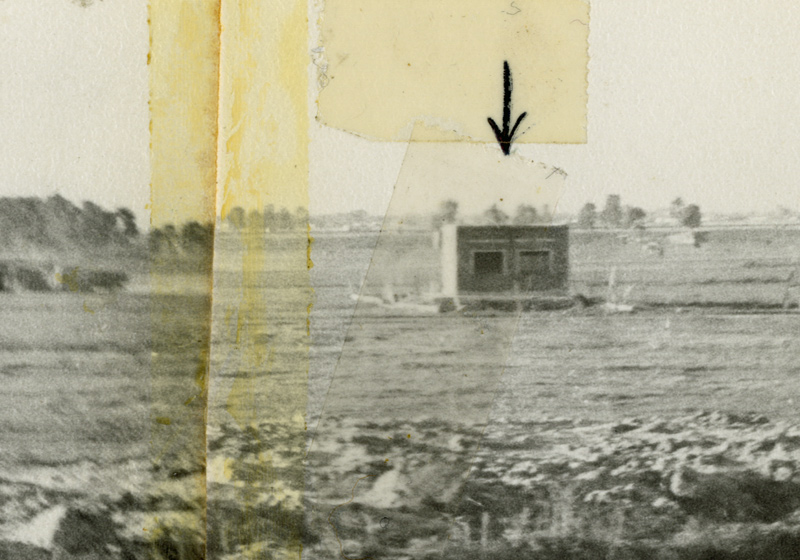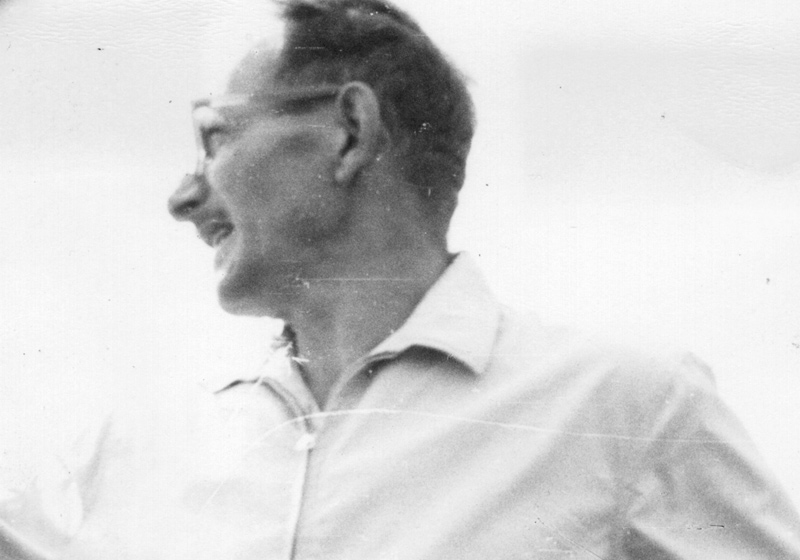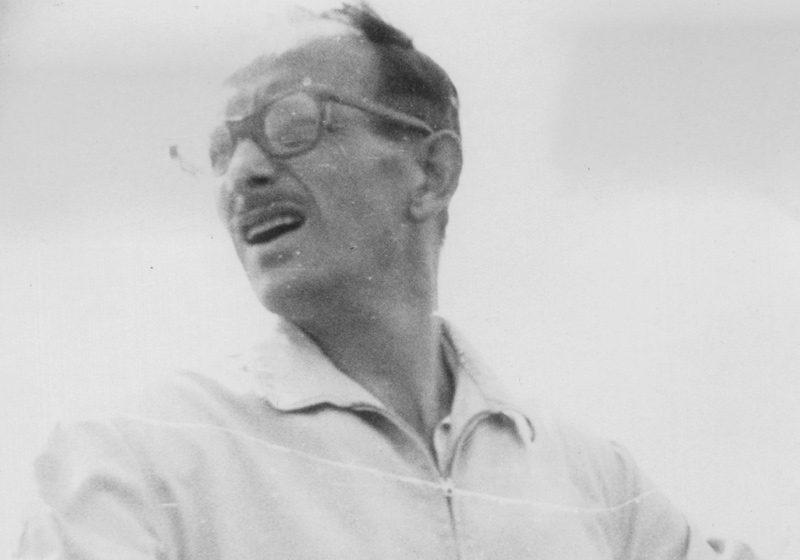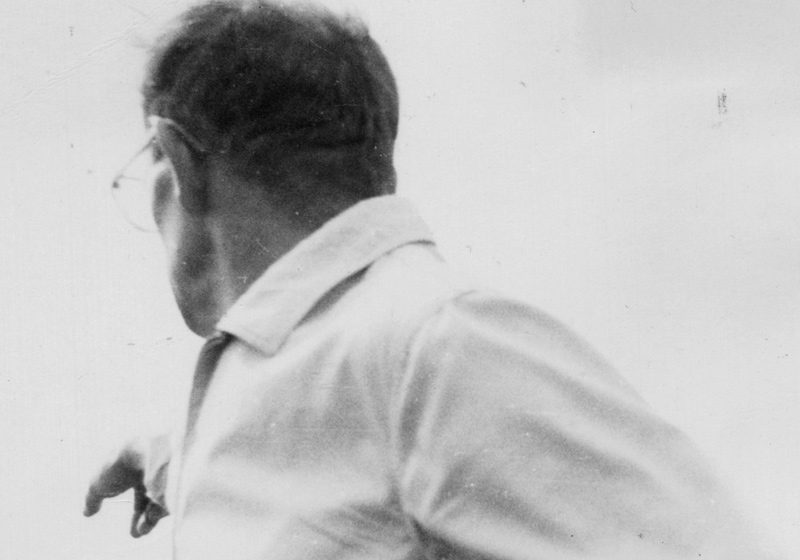The Eichmann Trial
"With Me Here Are Six Million Accusers"
Operation Eichmann
Eichmann Escapes to Argentina
In December 1944, before Eichmann could complete the deportation of the Jews of Budapest, and a few days before the Hungarian capital fell to the Red Army, he hastily decamped back to Germany. Eichmann was ,soon after apprehended by the Americans, caught masquerading under the false name Otto Eckmann. After fleeing the American detention camp in January 1946, he hid out on a farm for a few months going on to live in the British occupation zone under the borrowed identity of Otto Henninger. Along with many Nazi criminals, in 1950 he was granted a Catholic Church "certificate of indulgence," which enabled him to sail clandestinely from Italy to Argentina under the false identity of "Ricardo Klement."
At this time, Argentina had become a safe haven for thousands of Nazi criminals who arrived by what was known as "the rat route." Going under his false name, Eichmann was employed at the Mercedes-Benz workshop. In 1952 his wife and children joined him.
Locating Eichmann in Argentina
Eichmann's significant role as one of the architects of the "Final Solution" of Europe's Jews, began to emerge in the late forties. From the early fifties, rumors proliferated claiming that he was in South America, as the intelligence services of Western Germany and the United States had already learned with certainty. But it was thanks to the determination and persistence of a number of individuals resolved to expose the true identity of "Ricardo Klement," that agents of Israel's Mossad launched a hunt ending with Eichmann's capture on May 11 1960.
Fritz Bauer, the (Jewish) prosecutor-general of the West German state of Hessen, acting outside his formal role for fear that official action might foil the success of the operation, conveyed to the Israeli government solid information about Eichmann's whereabouts. Lothar Hermann, a German born Holocaust survivor who had emigrated to Argentina, prompted Mossad to take action on the basis of particularly credible information received from his daughter Sylvia, who had romantic ties to one of Eichmann's sons, Klaus. In addition, there was the vigorous activity of Nazi hunter Simon Wiesenthal, and of Mossad agent Manus Diamant, who came up with a portrait photograph of Eichmann from the war years. Each one in his own way prepared the path for Mossad to plan and execute the abduction operation.
Capturing Eichmann
The snatch team included: Rafi Eitan, Peter Malkin, Zvi Aharoni, and Moshe Tabor. The operation was carried out under the command of Mossad chief Isser Harel with the backing of Prime Minister David Ben-Gurion. After seizing Eichmann close to his Garibaldi street home in a suburb of Buenos Aires, his captors rushed him to a place of concealment. Under interrogation, Eichmann admitted his true identity and signed a document giving his consent to stand trial in Israel. Eleven days later he was clandestinely flown to Israel on an El Al airliner.
Public Opinion in Israel and the World
Two days after Eichmann's arrival in Israel, on May 23, 1960, the Prime Minister took to the Knesset podium to proclaim that Eichmann had been captured and was in Israel. The news stunned and amazed public opinion in Israel and worldwide.
The months following the abduction were marked by a severe diplomatic row between Israel and Argentina, the latter complaining to the international community and the UN Security Council about infringement of its sovereignty. Feverish diplomatic efforts by Israel's foreign ministry and the Jewish intellectuals who rallied worldwide, restored bilateral relations to normalcy. In the course of the trial, particularly towards its conclusion, a majority of nations and world public opinion recognized the justice of the Israeli action, and Israel's right to bring the villain to justice.

